ASTM D2990 Test Fixture
ASTM D2990 cover the determination of tensile and compressive creep and creep-rupture of plastics u
Please Contact With Us For More Information
- Description
- Reviews (0)
- TECHNICAL SPECIFICATIONS
Description
ASTM D2990 – Standard Test Methods for Tensile, Compressive, and Flexural Creep and Creep- Rupture of Plastics
ASTM D2990 cover the determination of tensile and compressive creep and creep-rupture of plastics under specified environmental conditions
In these test methods three-point loading, as described in Test Methods ASTM D790, is used for measurement of creep in flexure.
However, four-point loading using the equipment and principles described in ASTM D6272 is also permitted as an option.
For measurements of creep-rupture, tension is the preferred stress mode because for some ductile plastics rüptüre does not occur in flexure or compression.
Test data obtained by these test methods are relevant and appropriate for use in engineering design.
ASTM D2990 / Significance and Use
Data from creep and creep-rupture tests are necessary to predict the creep modulus and strength of materials under long-term loads and to predict any dimensional
changes that will potentially occur as a result of such loads.
Data from these test methods are suitable for use:
(1) to compare materials,
(2) in the design of fabricated parts,
(3) to characterize plastics for long-term performance under constant load, and
(4) under certain conditions, for specification purposes.
Before proceeding with this test method, reference shall be made to the specification of the material being tested.
Any specimen preparation, conditioning, dimensions, and/or testing parameters covered in the material specification shall take precedence over those mentioned
in this test method, except in cases where to do so would conflict with the purpose for conducting testing.
If there are no material specifications, thenthe default conditions apply.
ASTM D2990 / Apparatus
ASTM D2990 / Tensile Creep
Grips—The grips and gripping technique shall be designed to minimize eccentric loading of the specimen. Swivel or universal joints shall be used beyond each
end of the specimen.
It is recommended that grips permit the final centering of the specimen prior to applying the load.
Grips that permit a displacement of the specimen within the grips during load application are not suitable
ASTM D2990 / Compressive Creep
Anvils—Parallel anvils shall be used to apply the load to the unconfined-type specimen.
One of the anvils of the machine shall preferably be self-aligning and shall, in order that the load be applied evenly over the face of the specimen, be arranged
so that the specimen is accurately centered and the resultant load is through its center.
Guide Tube—A guide tube and fixtures shall be used when testing slender specimens to prevent buckling.
The guide tube is a 3.2-mm (0.125-in.) Schedule 40 stainless steel pipe nipple approximately 150 mm (6 in.) long reamed to 6.860 ± 0.025-mm (0.270 6 0.001-in.)
inside diameter.
ASTM D2990 / Flexural Creep
Test Rack—A rigid test rack shall be used to provide support of the specimen at both ends with a span equal to 16 ( + 4, − 2) times the thickness of the specimen.
In order to avoid excessive indentation of the specimen, the radius of the support shall be 3.2 mm (0.125 in).
Sufficient space must be allowed below the specimen for dead-weight loading at midspan.
*** Before conducting ASTM D2990 , it is important to read the entire specification. Standards can be obtained from appropriate standard authorities.
***PARSROS offers several types of grips and fixtures which will enable you to perform a variety of tests
that are accurate and repeatable.
Please Contact with our engineers so that we can find and offer Best Universal Tensile Test Machines , Grips , Jaws and Other Accessories for your operations


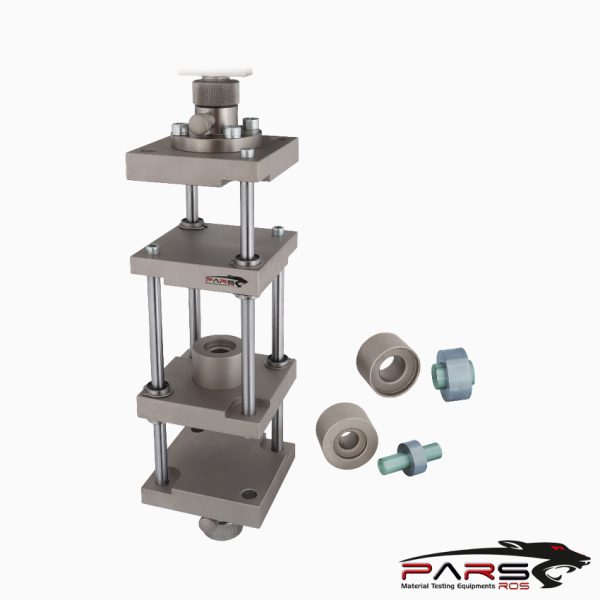
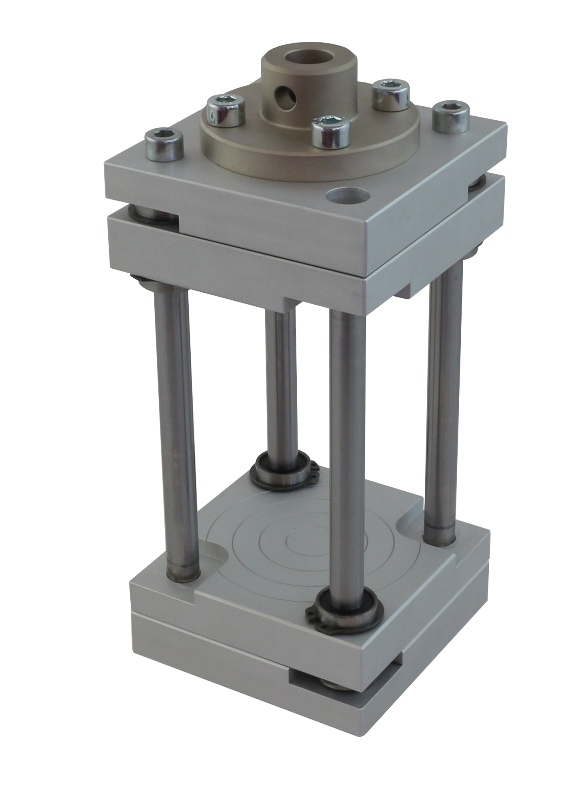
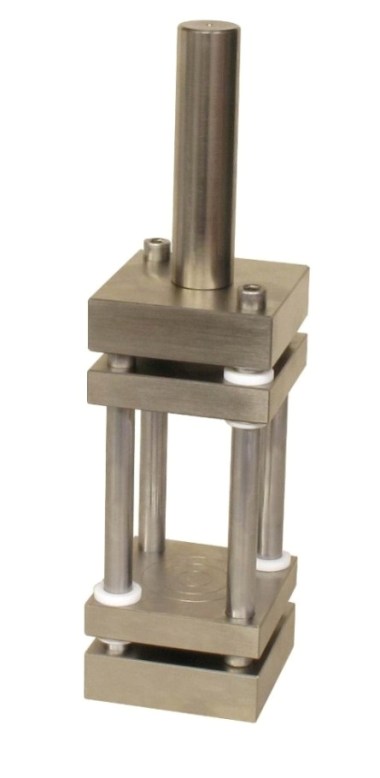
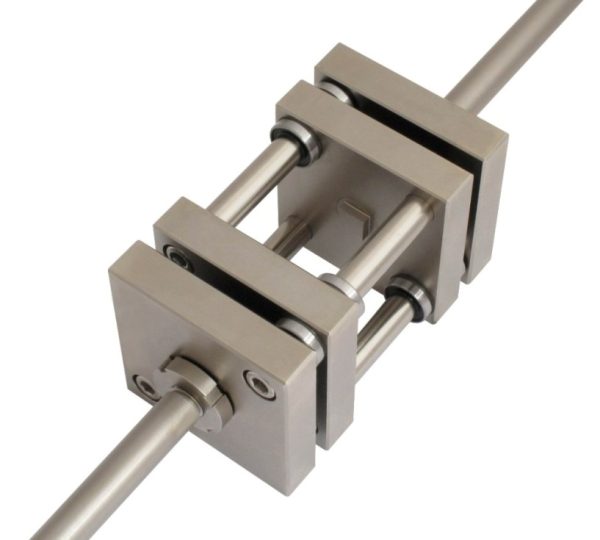
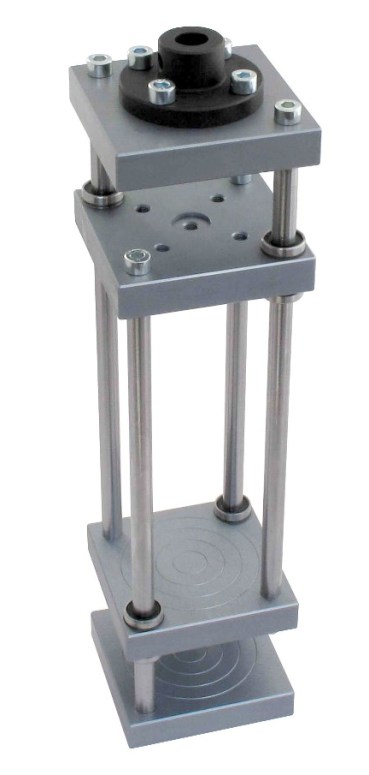
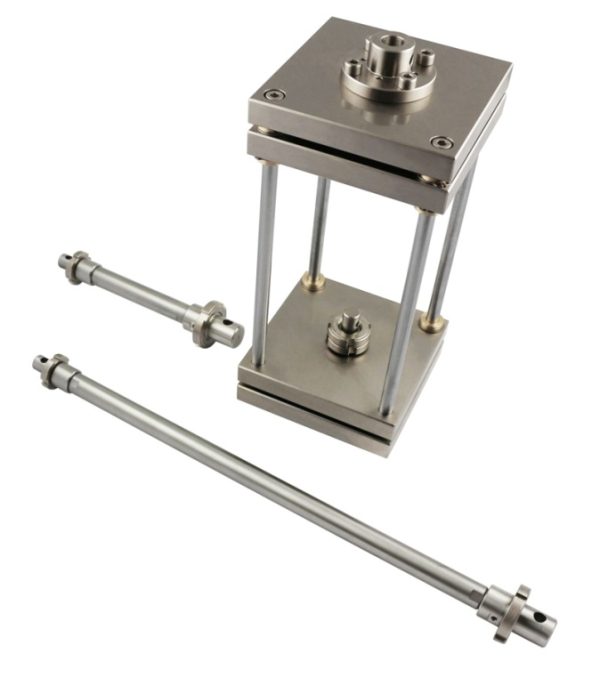
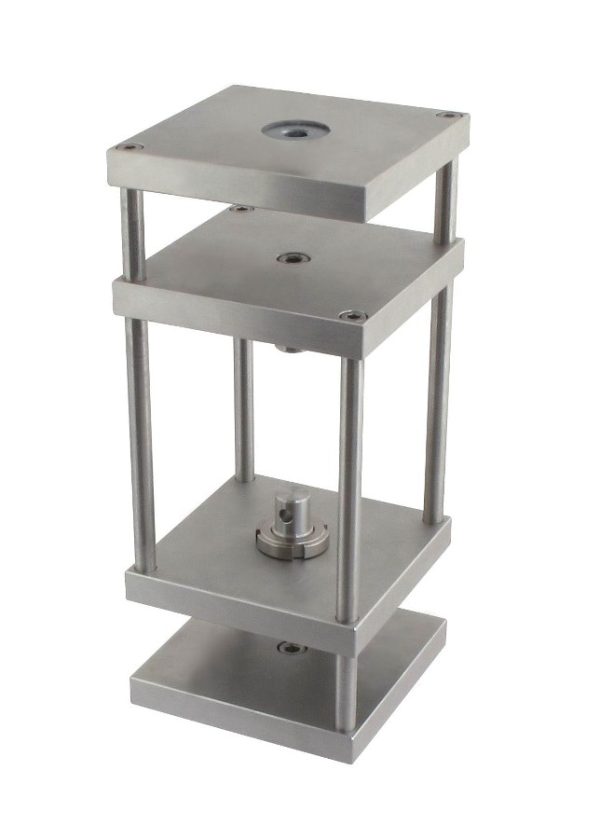
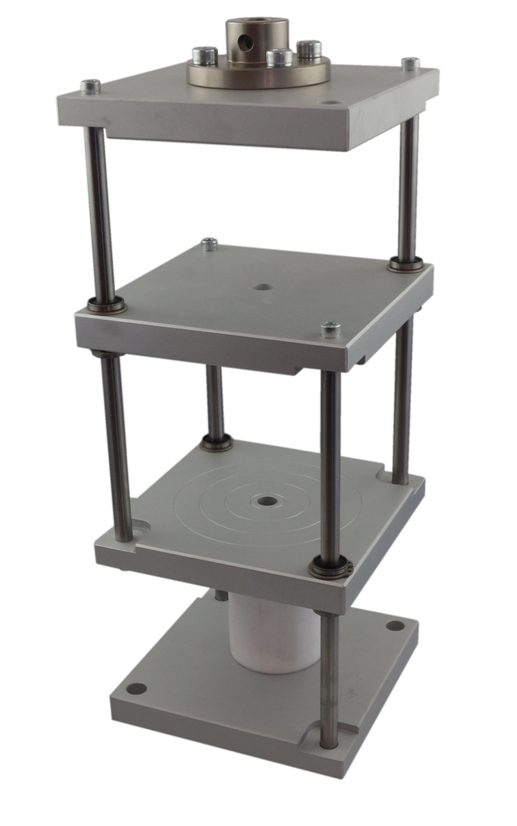
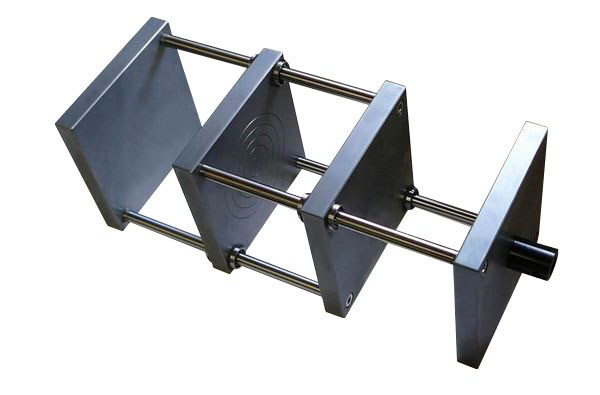
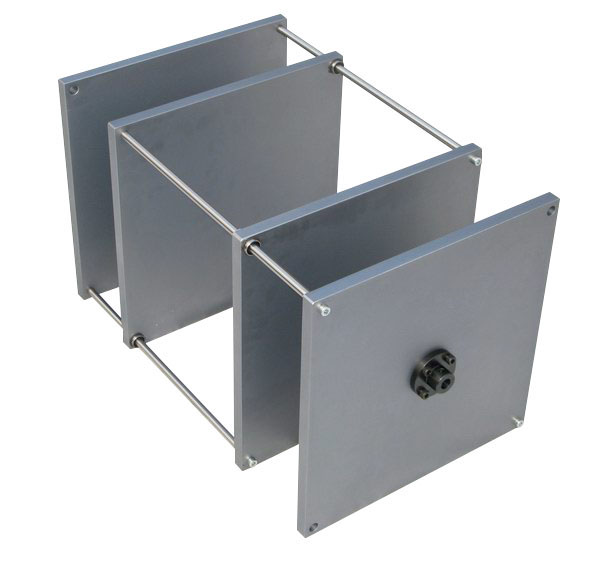
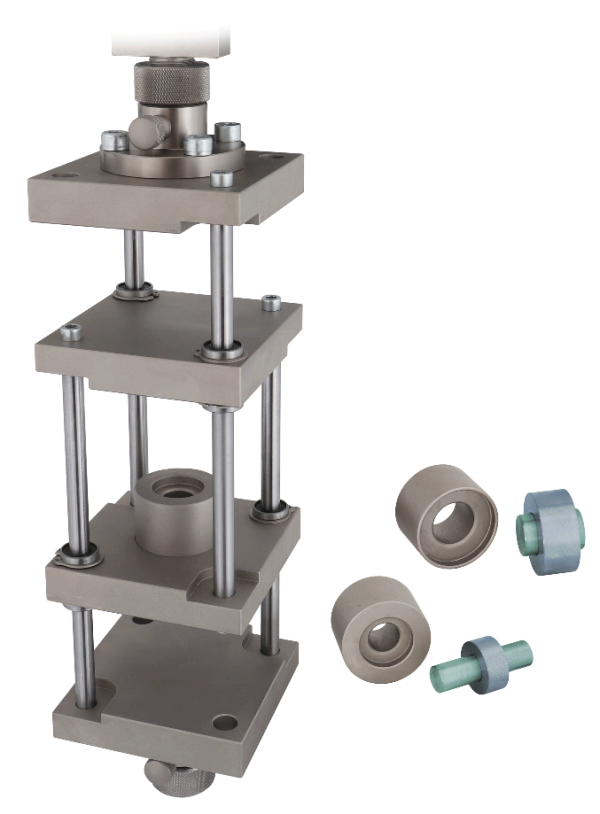
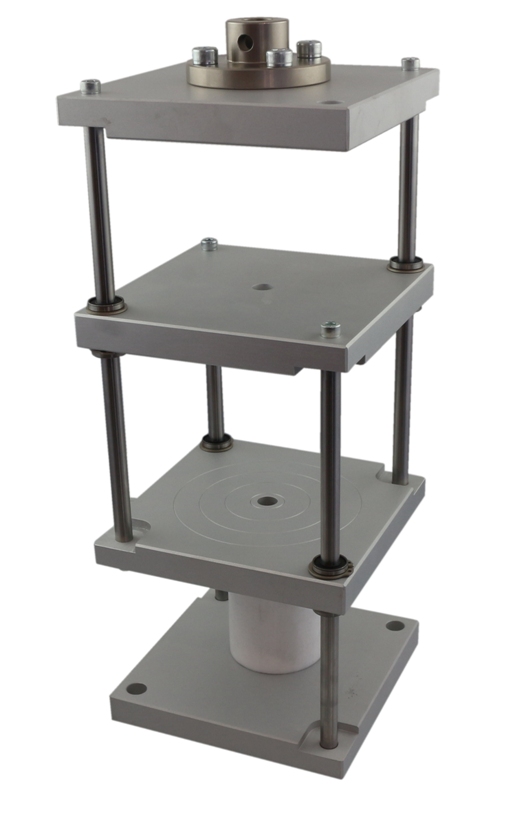
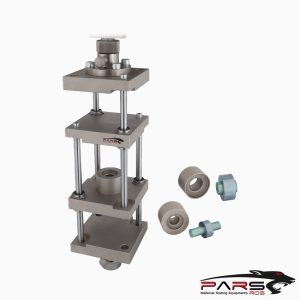
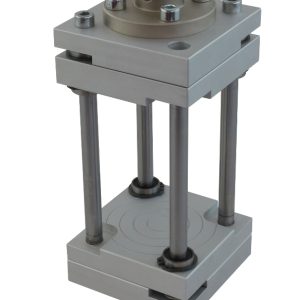
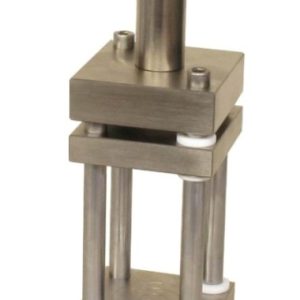
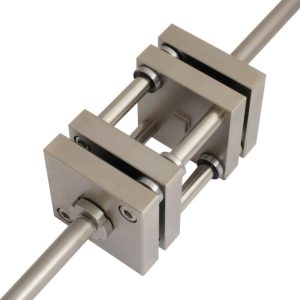
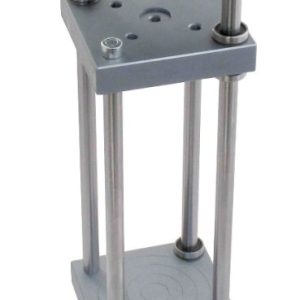
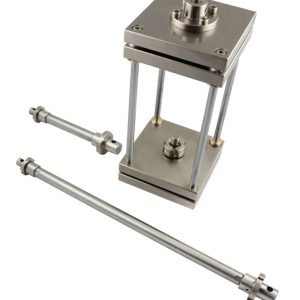
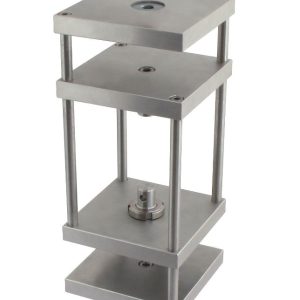
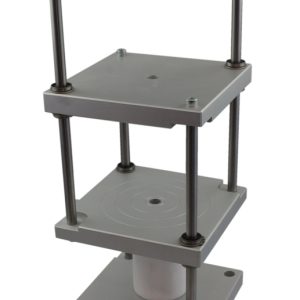
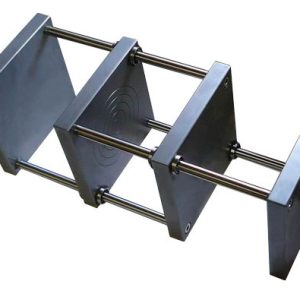
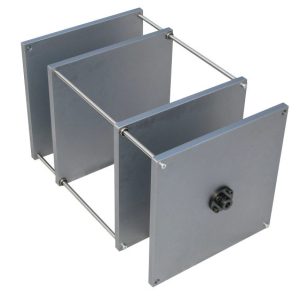
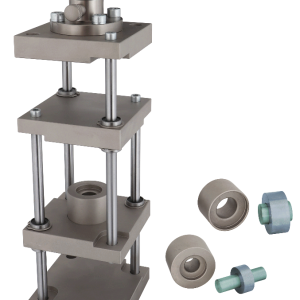
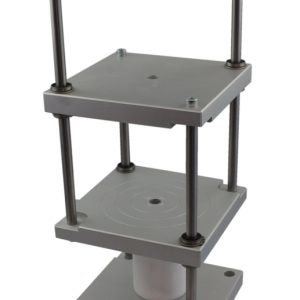
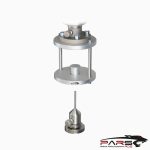
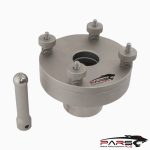
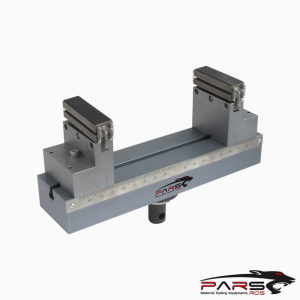
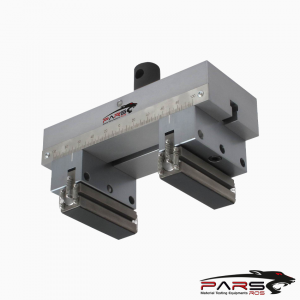
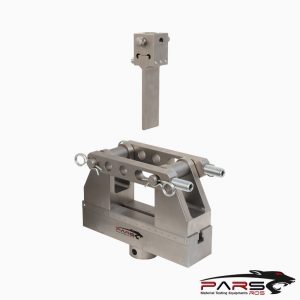
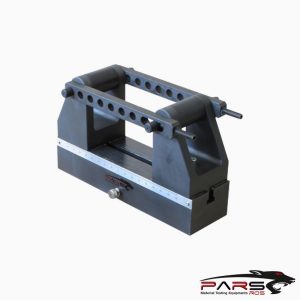
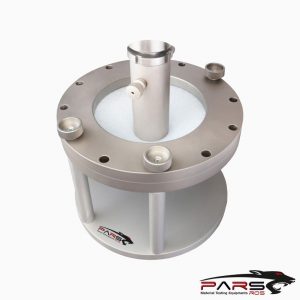
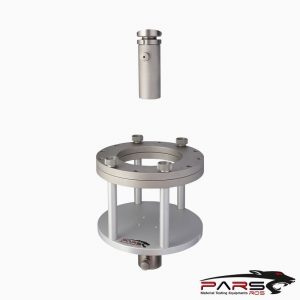
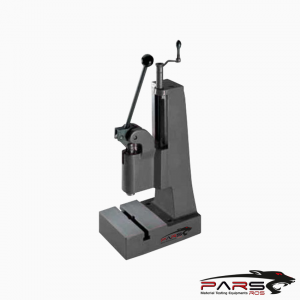
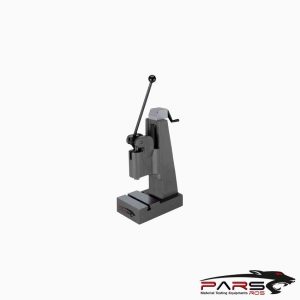
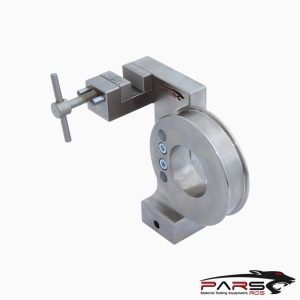
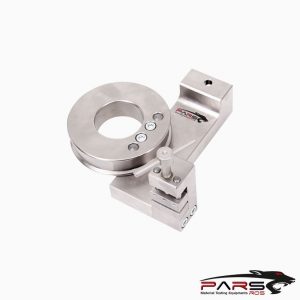
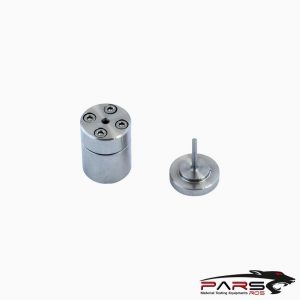
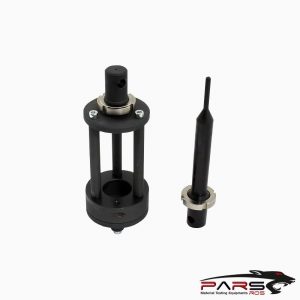
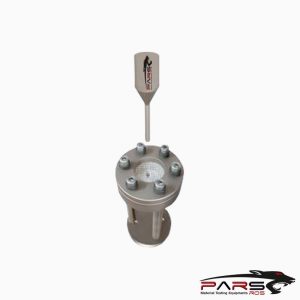
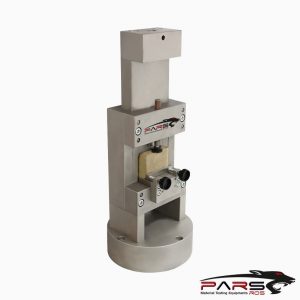
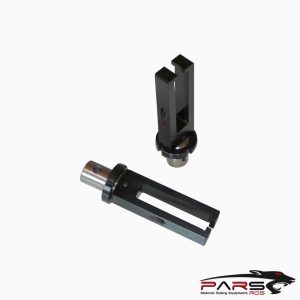
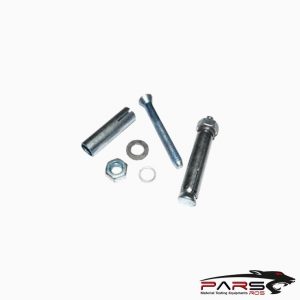
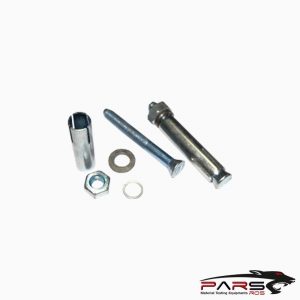
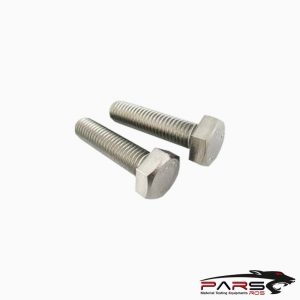
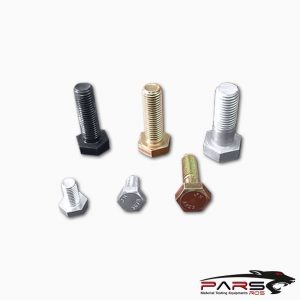
Leave a Reply
You must be logged in to post a comment.